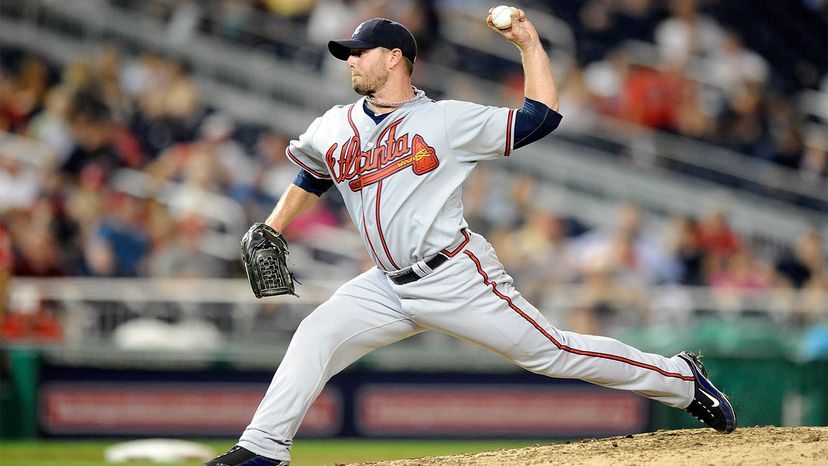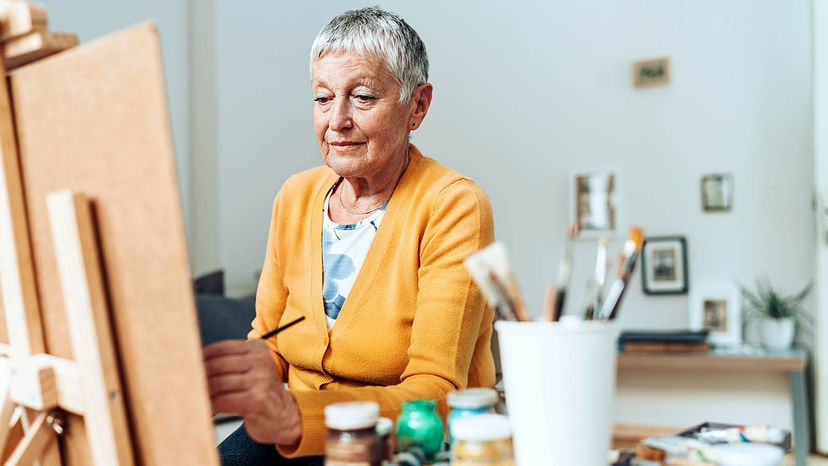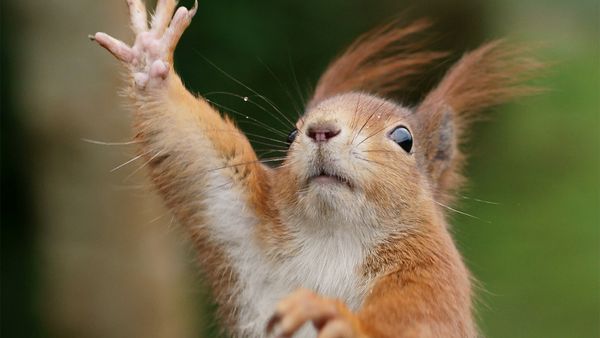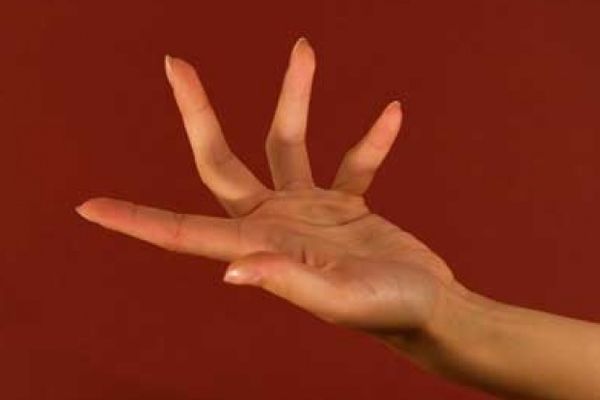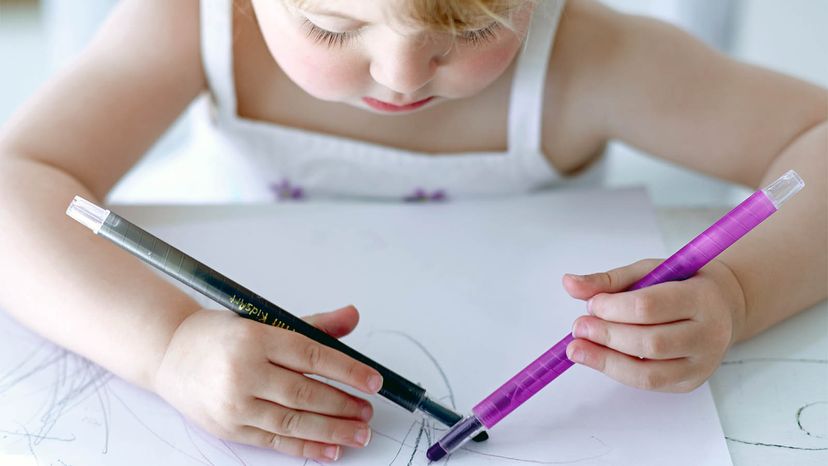
Key Takeaways
- Handedness is determined by the brain, not the hands, with one side of the brain controlling fine motor movements more proficiently.
- Studies suggest that people may naturally become more ambidextrous as they age due to a decrease in dominance of the dominant hand, leading to increased use of the nondominant hand for various tasks.
- Attempting to become ambidextrous to enhance brain function or combat aging and dementia is a myth; training specific skills improves those specific areas of the brain but does not broadly enhance cognitive functions related to memory or aging.
Righties rule, uh, right? Well, the world is made up of about 90 percent right-handed people so it's simple math that lefties make up the other 10 percent of the population. Folks who are truly ambidextrous — those who use right and left hand equally well — make up a negligible sliver of the population. But is ambidexterity inherited or learned and, if so, can it be learned as an adult?
"A little bit of both," Dr. Sebastian Ocklenburg, says in an email. Ocklenburg is a professor of psychology at Ruhr University in Bochum, Germany and the author of The Asymmetric Brain, a blog focusing on handedness. "Handedness is determined by about 25 percent genetic factors and 75 percentnon-genetic factors like environmental influences and it clearly runs in families, so it is somewhat inherited, but learning might also affect it," he says. "I think ambidexterity for a specific task (e.g., hitting a tennis ball with a racket) [is possible], but full ambidexterity for all tasks is unlikely."
Advertisement
Advertisement
